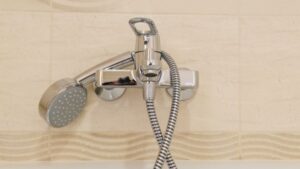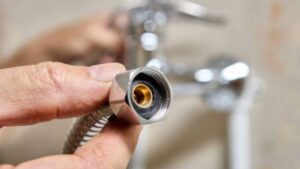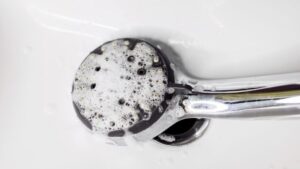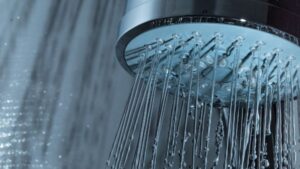Are you noticing weak water pressure or strange smells from your shower? Your shower hose might be crying out for a good cleaning. In this blog, I’ll guide you through everything you need to know about getting your shower hose sparkling clean and functioning like new.
Understanding Your Shower Hose
Before deep cleaning, let’s talk about what we’re working with. Shower hoses typically come in two main types: metallic (often stainless steel) and PVC. While metallic hoses are more durable and resistant to kinks, PVC hoses are more flexible and budget-friendly. Regardless of the type, both can suffer from similar issues when neglected.
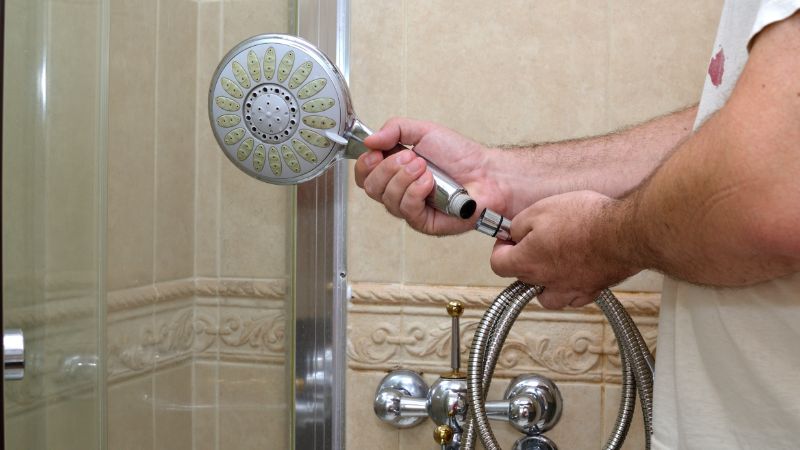
The most common problems? Limescale buildup, mold growth, and mineral deposits. These not only look unsightly but can also reduce water pressure and potentially affect your health. That’s why regular cleaning is so important.
Tools and Supplies Needed
To effectively clean your shower hose, you’ll need a few essential supplies. Here’s a list to get you started:
Cleaning Supplies:
- White vinegar
- Baking soda
- Soft brush (like an old toothbrush)
- Microfiber cloth
- Bucket
- Rubber gloves
Optional Tools:
- Rubber gloves
- Spray bottle
Step-by-Step Cleaning Process
Now I’ll guide you through each step to transform that grimy shower hose into a sparkling clean one.
1. Preparation Phase
Here’s what you need to do:
- Turn off the main water supply to prevent any accidents
- Place an old towel or cleaning cloth beneath the shower area
- Take a photo of how your shower hose is connected (trust me, this helps during reinstallation!)
- Using an adjustable wrench, carefully unscrew both ends of the hose
- Have your cleaning supplies within easy reach
*If the connections are stuck, wrap a cloth around them before using the wrench to prevent scratches.
2. Initial Cleaning Assessment:
Before deep cleaning, take a moment to examine what you’re dealing with. Extend the hose fully and look for visible mineral deposits, which often appear as white or greenish buildup. Check for any black spots that might indicate mold growth, and note areas of discoloration.
Now, perform an initial rinse:
- Use warm water (not hot) to flush out loose debris
- Gently flex the hose while rinsing to help dislodge particles
- Pay attention to water flow – are there any obvious blockages?
3. Creating Your Cleaning Solution:
Let’s mix up something effective yet gentle on your shower hose.
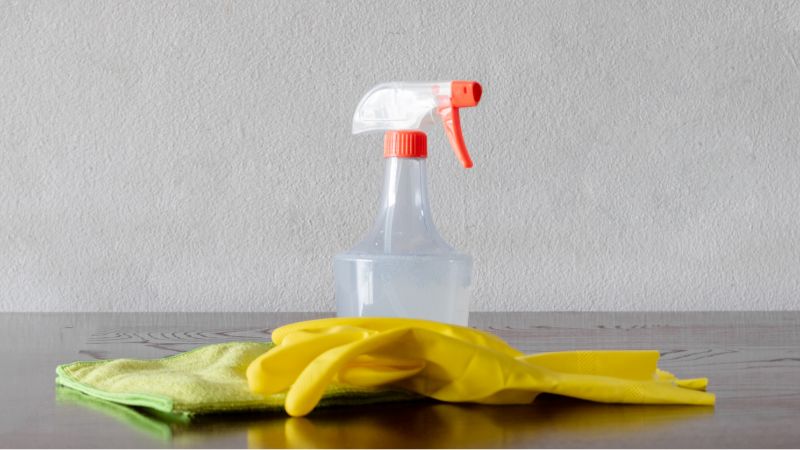
Basic Cleaning Solution:
- 1 part white vinegar
- 1 part warm water
- 1 tablespoon baking soda (adds extra cleaning power)
This mixture works wonders because vinegar’s acetic acid effectively dissolves mineral deposits, while baking soda provides gentle abrasion and deodorizing properties.
Heavy-Duty Solution (for stubborn buildup):
- 2 parts white vinegar
- 1 part warm water
- 2 tablespoons baking soda
- 1 teaspoon mild dish soap
Why these ingredients? Vinegar’s acetic acid effectively dissolves mineral deposits, while baking soda provides gentle abrasion and deodorizing properties. The dish soap helps break down any oily residue.
*Before mixing your cleaning solution, test a small, inconspicuous area of your hose to ensure the solution won’t damage the material.
4. The Scrubbing Process
External Cleaning:
- Starting with the connectors, use a soft brush dipped in your cleaning solution to thoroughly clean these often-neglected areas. The connectors typically accumulate the most grime, so take your time here. An old toothbrush can be invaluable for reaching those tiny crevices in the threading.
- For the main hose body, work in small sections of about six inches at a time. Use moderate pressure – you want to clean effectively without damaging the surface. Pay special attention to any visible stains or discoloration. When cleaning the flexible ridges, ensure your brush reaches all the grooves where buildup can hide.
Internal Cleaning (Two Effective Methods):
Method 1: The Soaking Method
- Fill your bucket with enough cleaning solution to submerge the hose
- Coil the hose gently and place it in the solution
- Let it soak for at least 30-45 minutes (up to 2 hours for severe buildup)
- Every 15 minutes, remove and flex the hose to help loosen deposits
Method 2: The Flow-Through Method
- Secure one end of the hose to your faucet if possible
- Place the other end in a bucket
- Pour the cleaning solution through slowly
- Use gravity to your advantage by holding the hose in a U-shape
- Repeat the process 2-3 times
*For the best results, especially with heavily soiled hoses, consider combining both methods. Start with a thorough soak, then follow up with the flow-through technique. While it takes more time, your extra effort will pay off with a thoroughly clean hose.
5. Rinsing and Drying Process:
Proper rinsing is necessary, any leftover cleaning solution could irritate your skin during future showers. Run clean, warm water through the hose for at least 2-3 minutes, or until the water runs completely clear and you can’t detect any vinegar smell. Don’t rush this step; thorough rinsing prevents any cleaning residue from causing problems later.
For drying, start by holding the hose vertically and giving it a gentle shake to remove excess water. Then, hang it in a U-shape, ensuring both ends point downward to allow complete drainage. Place a towel underneath to catch any drips. The drying process typically takes 8-12 hours, but this can vary depending on your climate and humidity levels.
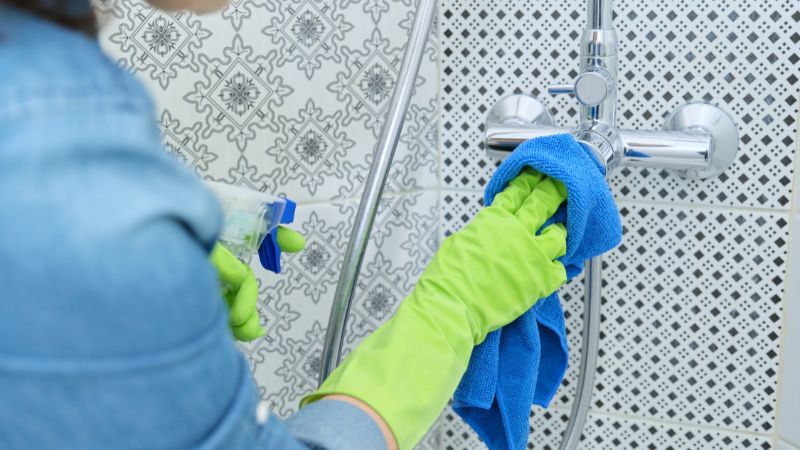
Preventative Maintenance
Want to keep your shower hose cleaner for longer? Here are some easy tips:
- Wipe down the outside weekly with a dry cloth
- Do a quick vinegar rinse monthly
- Keep your bathroom well-ventilated
- Consider installing a water softener if you have hard water
The key to keeping your shower hose in top condition is regular maintenance. A quick weekly wipe-down with a dry cloth prevents buildup from forming in the first place. Once a month, run a diluted vinegar solution through the hose to prevent mineral deposits from taking hold.
Keep your bathroom well-ventilated to discourage mold growth. After each shower, stretch the hose out briefly to allow water to drain completely. If you live in an area with hard water, consider installing a water softener – it’s an investment that will protect not just your shower hose but all your plumbing fixtures.
*Additionally, investing in quality bathroom fixtures can enhance your shower experience and make maintenance easier. For instance, Leelongs offers a range of stylish shower heads and hose options designed to resist limescale buildup and are easy to clean. Our products combine beautiful design with eco-friendly functionality, ensuring that your bathroom remains not only functional but also aesthetically pleasing.
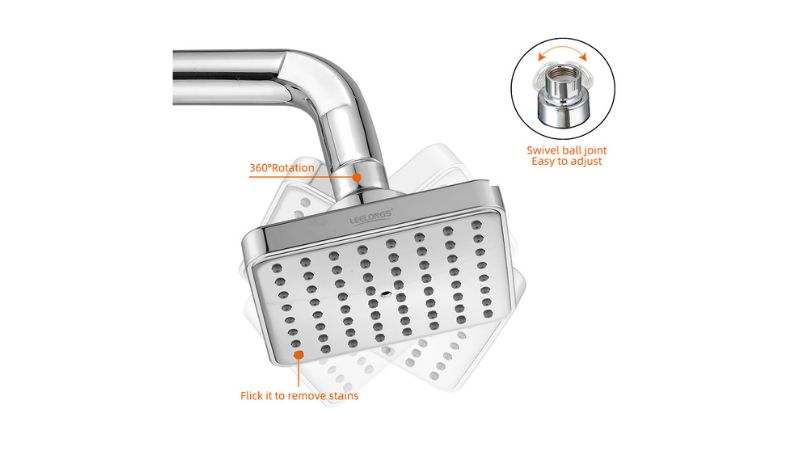
Troubleshooting Common Issues
Still having problems?
Sometimes, even after cleaning, you might encounter persistent problems.
- If stains remain stubborn, try increasing the vinegar concentration in your cleaning solution and extending the soaking time.
- For lingering odors, adding a few drops of tea tree oil to your cleaning mixture can help – it’s naturally antimicrobial and leaves a fresh scent.
- Damaged hose? If you see any cracks or severe damage, it’s time for a replacement.
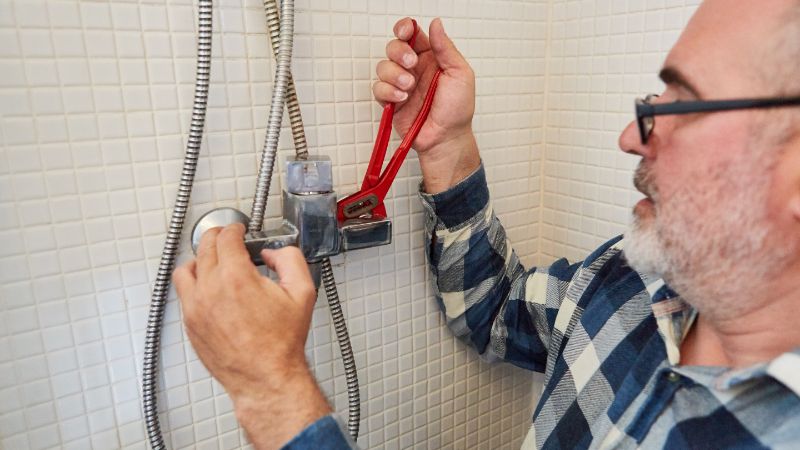
Time to Replace? Look for these signs:
While regular cleaning can extend your shower hose’s life significantly, there comes a time when replacement is necessary. Watch for these key signs:
- Visible cracks or splits in the hose material
- Persistent leaks that continue after cleaning and tightening connections
- Severe discoloration that won’t improve with cleaning
- Age over 2-3 years with regular use
A clean shower hose isn’t just about aesthetics – it’s about maintaining good hygiene and ensuring your shower works efficiently. With regular maintenance and occasional deep cleaning, your shower hose can stay in great condition for years to come.


